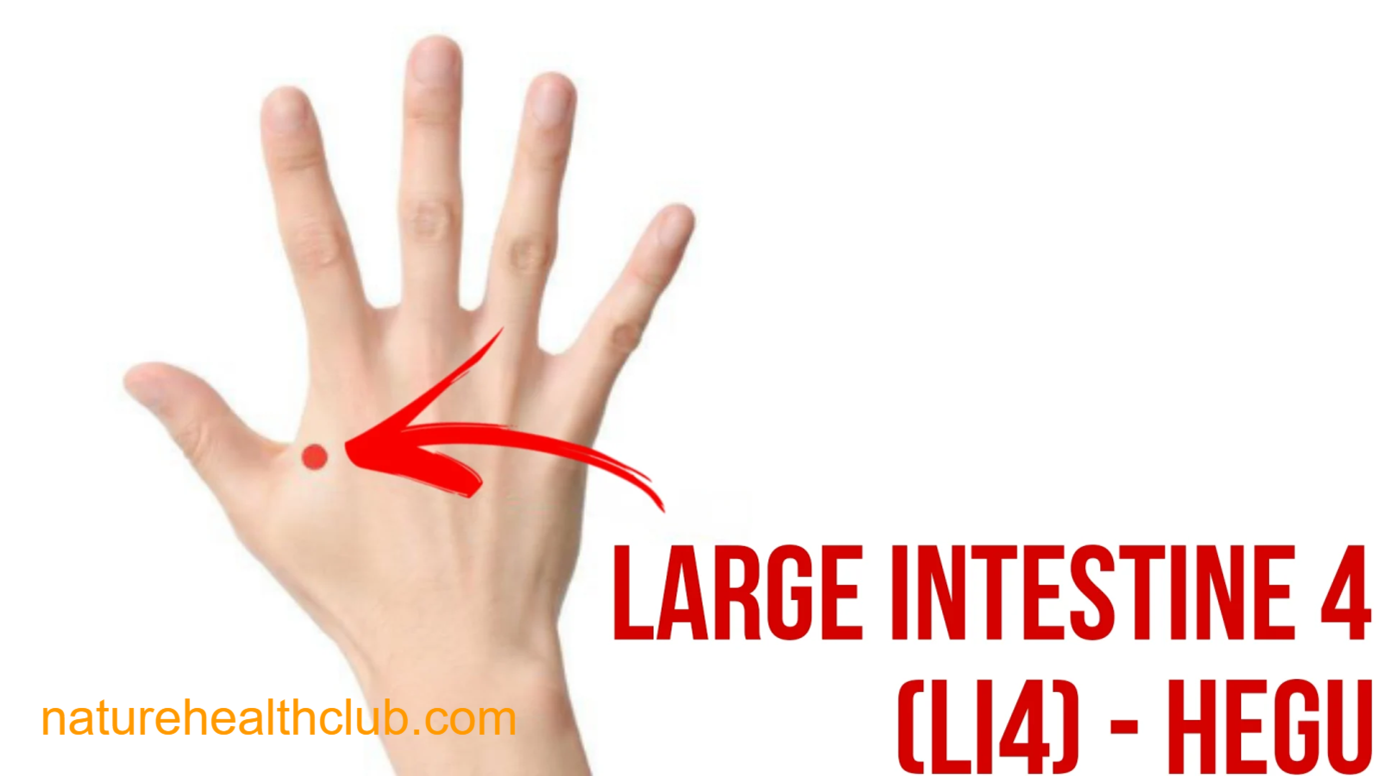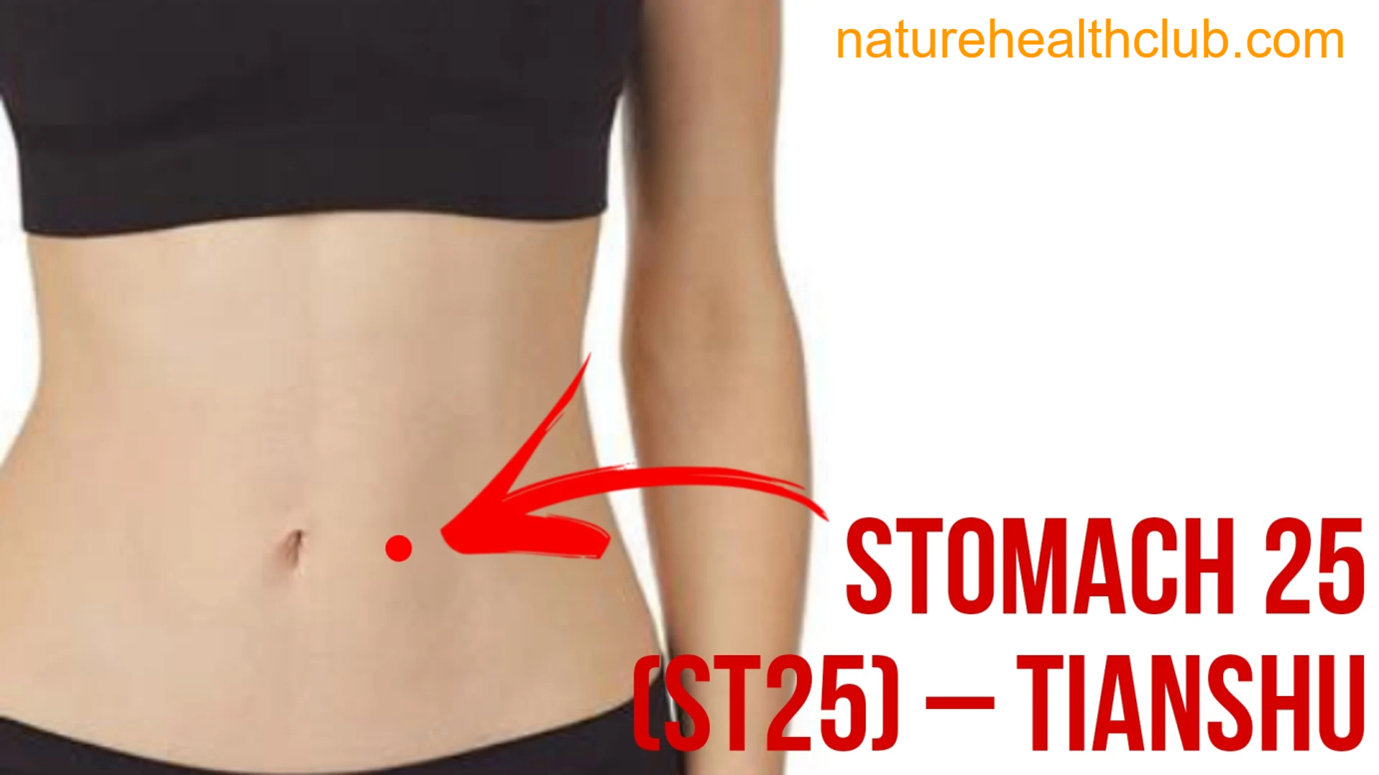
Constipation is a common Gastro intestine (GI) disorder that impacts a large number of individuals. They are mainly represented by constipation which refers to difficult passing of stools (infrequent bowel moment or lumpy stools) and the process occurs after scarce intervals. This blog focuses on a common problem that can be treated using changes in diets as well as taking medicines unlike other diseases which always require going to a hospital. One such technique that has therefore found favor due to its non invasive approach and possibly effectiveness is the Acupressure which is a Traditional Chinese Medicine. Read on to learn about the points that can be massaged on to get rid of constipation, how it works, and how it was developed.
Understanding Constipation

However, in order to discuss acupressure as a treatment measure for the condition it is first important to understand what the condition is. In constipation, bowel movements are less than thrice per week or have formation of difficult to pass stools. Acute means the diarrhea lasts for less than two weeks while chronic occurs in a period lower than two weeks, diarrhea could be due to dehydration, lack of fiber diet, physical inactivity, and some drugs among other complications such as IBS (irritable bowel syndrome) and colon blockages.
What is Acupressure for constipation?

Acupressure is an ancient Chinese healing technique that one applies pressure on acupoints of the body. It is on the actual theory of the body energy or what they call in China as Qi or Chee and is channeled through some points in the body called channels or meridians. Said theory postulates that the non- smooth movement of Qi is capable of causing different diseases inclusive of constipation. While the practitioners use massaging techniques and hand pressing to some certain areas of the body known as acupoints, this therapy is expected to bring back balance in flow of energy and hence relieve most of the symptoms, we practice.
Unlike acupuncture, in which needles are inserted into the skin, acupressure depends only on finger pressure. This makes it a safer form of treatment for most patients who want to treat themselves for illnesses such as constipation.
However, the practice of acupressure has scientific interest in modern world even if it belongs to the ancient world. A number of researches have looked into the efficacy of acupressure in different types of digestive illnesses including constipation. The studies indicate that touching certain acupoints changes activity of the ANS – the system responsible for the operation of the involuntary functions such as digestion. Based on current data, acupressure can influence peristalsis, relief abdominal pain and enhance bowel movement.
Important point of Acupressure points for constipation
For constipation, appropriative acupressure points are pressed to enhance bowel movements, and ease the discomfort of constipation and digestive problems. Below are some of the most recommended acupoints:
1. Large Intestine 4 (LI4) – Hegu

- Location: LI4 is on the back of the hand, between the thumb and second finger, where the skin creases make a kind of web.
- How it Helps: In fact, this point is so popular that it has quite a number of uses and constipation is one of them. Touching this area increases intestinal motility and reduces any pain in the abdomen.
- How to Apply Pressure: With your thumb, rub the LI4 point of the other hand. Use quite strong pressure for around one to two minutes with deep breathing. Repeat on the other hand.
2. Stomach 36 (ST36) – Zusanli

- Location: ST36 is located four finger widths below the kneecap and on the outer border of the tibia.
- How it Helps: ST36 points are an essential point for treating digestive system malfunction and constipation. They are thought to tonify the stomach and intestines and aid in the digestion process particularly catalyzing bowel movements.
- How to Apply Pressure: Take your fingers, press and massage the ST36 point on both legs. With the palm, you should press down vehemently for 1-2 minutes on the legs of the patient.
3. Conception Vessel 6 (CV6) – Qihai

- Location: CV6 is some two finger widths from the belly button.
- How it Helps: This point is especially useful to persons who experience constipation resulting from fullness of the stomach and formation of gas. Stimulation of Cv6 enables the improvement of the lower abs and bowel movements.
- How to Apply Pressure: Press with vigor on the CV6 with your fingers or the palm of your hand. For the pressure, hold for 1-2 minutes, but maintain deep breathing throughout the duration.
4. Large Intestine 11 (LI11) – Quchi

- Location: LI11 is positioned on the outer curvature of the elbow – the ulnar aspect of the joint.
- How it Helps: LI11 effective for heat clearing and constipation, more significant for sever symptoms such as dry stool and intestinal heat.
- How to Apply Pressure: Grasp the LI11 point with your thumb or fingers and rotate clockwise and counter clockwise for 1-2 minutes of each arm.
5. Perineum (CV1) – Huiyin
- Location: CV1 is found in the perineal region between the anus and the genital region.
- How it Helps: CV1 is effective to stimulate the pelvic muscles hence enhancing bowel movement for
- How to Apply Pressure: Take deep breaths, and with thumb and fingers apply pressure on the affected areas. This point might need the help of the professional as it locates on the forbidden territory.
6. Spleen 6 (SP6) – Sanyinjiao

- Location: SP6 is located approximately four finger breadths above the medial Malleolus.
- How it Helps: SP 6 is one of the essential points for the treatment and enhancement of digestion health among humans.
- are thought to be served by it and it is also used in treatment of this disease known as constipation.
- How to Apply Pressure: Sit the client comfortably and with the right hand, place the thumb on the SP6 point and rotate in circular motion for 1-2 minutes on each leg.
7. Stomach 25 (ST25) – Tianshu

- Location: ST25 extends two fingers breadth in both transverse and longitudinal directions parallel to the navel.
- How it Helps: Left An Mien Chien-Chi is known as ST25 and is the chief acupressure point for the intestinal tracks and is one of the most efficient massages for treating constipation and bloating.
- How to Apply Pressure: Locate the ST25 point and using your fingertips apply an even pressure to the area and circle the ST25 point for 1-2 minutes on and both sides of the abdomen region.
Steps to perform Acupressure points for constipation properly
To perform acupressure effectively, follow these simple steps:
- Find a Comfortable Position: Get into a comfortable position in which you are free or any pressure on your body and gain easy access to the acupoints.
- Locate the Acupressure Points
- Based on the description given above you should be able to identify the acupoints on your body. One may need to use fingers, thumbs or knuckles to press the indicated points.
- Apply Firm but Gentle Pressure: At finding the acupoint use pressure with fingers or thumbs, and it is supposed to be constant and strong. This should be enough to feel some discomfort but not pain. The fitted lead-in tube is subjected to hydraulic pressure to the feel some kind of discomfort and not pain.
- Massage the Area: Once pressure is applied, rotate the finger clock wise or anti-clockwise to help stimulate the flow of the energy. Speak for 1-2 minutes, before switching to the next point.
- Breathe Deeply: For correct execution of acupressure, take deep breaths to increase calmness of the muscles and circulation of Qi.
- Repeat as Needed: Acupressure can be practiced many times in a day whenever the symptoms begin to re-emerge.
Preventions and Measures
While acupressure is generally considered safe, there are a few precautions to keep in mind:
- Consult a Healthcare Professional: If you have a chronic problem with constipation or any other past or present health issue, then you should first check with your doctor before you try acupressure.
- Pregnancy: Few such points like SP6 point should not be stimulated during pregnancy since they can stimulate the uterine contractions.
- Sensitive Areas: Certain techniques must not be pressurized such as those applied on the perineum (CV1) we are advised to seek service of a practitioner.
Conclusion
The cause of constipation is corrected through stimulating or massaging specific points in the body that are related to digestion and bowel movement, without the use of drugs. Despite all that has been said, further research is required in order verify acupressure fully as a therapeutic modality in relieving constipation. It is a suggestion that other techniques of traditional Chinese medicine should be combined with a method of acupressure or massage regime, coupled with water intake and fiber rich diet, and exercise routinely to improve bowel movement and consequently optimize the digestive system.
Nevertheless, we also have to bear in mind that acupressure cannot replace medical treatment in cases with chronic or severe constipation. You should always consult your healthcare provider if the symptom is ongoing.
Promote our products—get paid for every sale you generate! https://shorturl.fm/lm6z2
Can i get the product details